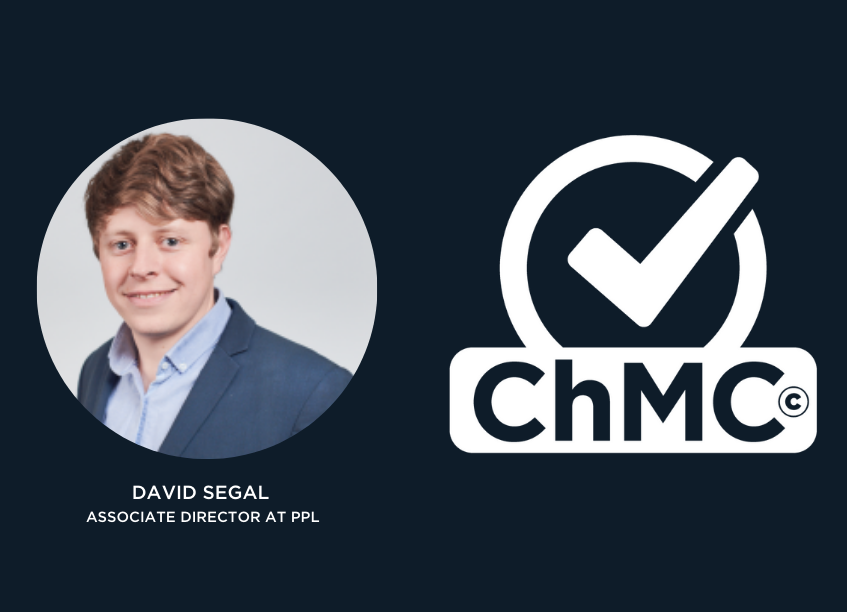Chartered covers every aspect of what is required to be a management consultant of proven expertise, talent and quality. Many of the skills, like sector knowledge, can be learned in a library. But there are other abilities that are less tangible. What does it take to win a client’s trust? How do you show leadership?
We have asked experienced consultants to give their insights into how they believe you can gain skills like these.
David Segal of PPL addresses these questions saying:
“I broadly work on the basis there are five main characteristics to building trust with a client and showing leadership on the project you are undertaking with them. The first is that you share mutual ambition. That ambition should not be narrow and sits outside project targets.
“Let’s say you are working for a hospital. Think beyond the remit and ask bigger questions like, ‘what does the future of the health service look like?’ Have a vision that is larger and see your project as part of building that picture. You establish that and also then have a practical assessment of what can be achieved.”
David explains about the importance of focusing on the bigger picture, adding:
“You need to have faith to move beyond the contractual with the caveat of both you and the client knowing what is possible to achieve.”
The honesty – a keyword – goes on from there with an honest assessment of the capabilities of the client’s own team. You need to be willing to share perspectives and to push them where you think it is the right thing. There is always an element of risk in building trust, but then again the client has got to be willing to risk their own futures in your abilities and commitment. Then you have to prioritise the outcomes that your client wants to achieve. Hopefully, by now, the outcomes you both want to achieve.
David outlines the importance of collaboration, saying:
“Co-production is the cornerstone of everything I do. We understand our clients will know their own businesses better than anyone and the idea that anyone can simply come in as an expert with the right answer is fallible. Instead, we create an environment and a perspective to facilitate them to deliver change.”
He concludes by saying:
“There are different levels of trust – and distrust. There could be times when the client’s staff with whom we will work hands-on might appear to have the suspicion we are there to tell them how to do their job. That we have been sent in by management to somehow ‘find them out”.
“But even initially resistant clients will respond if you make it clear that you are there to make their lives easier. That you have the ability to give them space to think and find their own solutions and solve the problems that seem outside their reach.
“We believe that when it comes to finding solutions, they must come from within the organisation we are working with. Management consultancy is not about sitting in dark rooms and thinking up analytical strategies. It is very easy to try to prove commitment by just being resource-heavy. It is much better to deal with the people doing the job as individuals and give them the resources and space to find their own solutions.”

